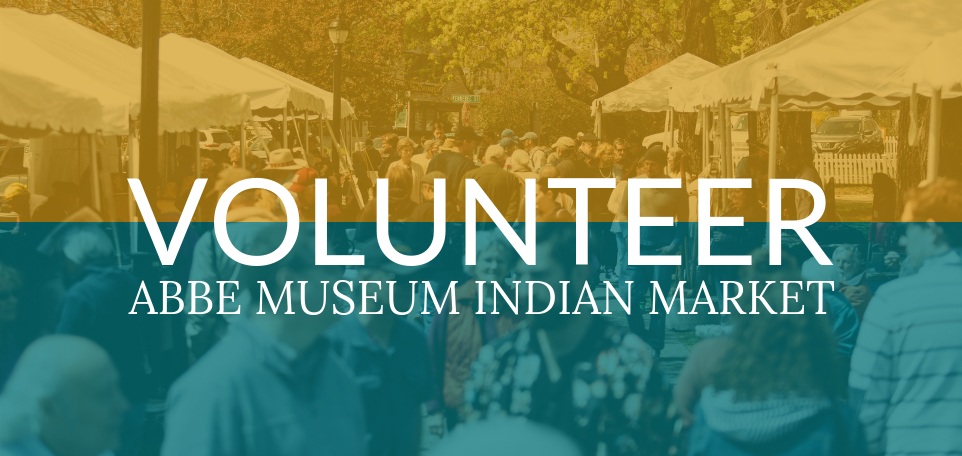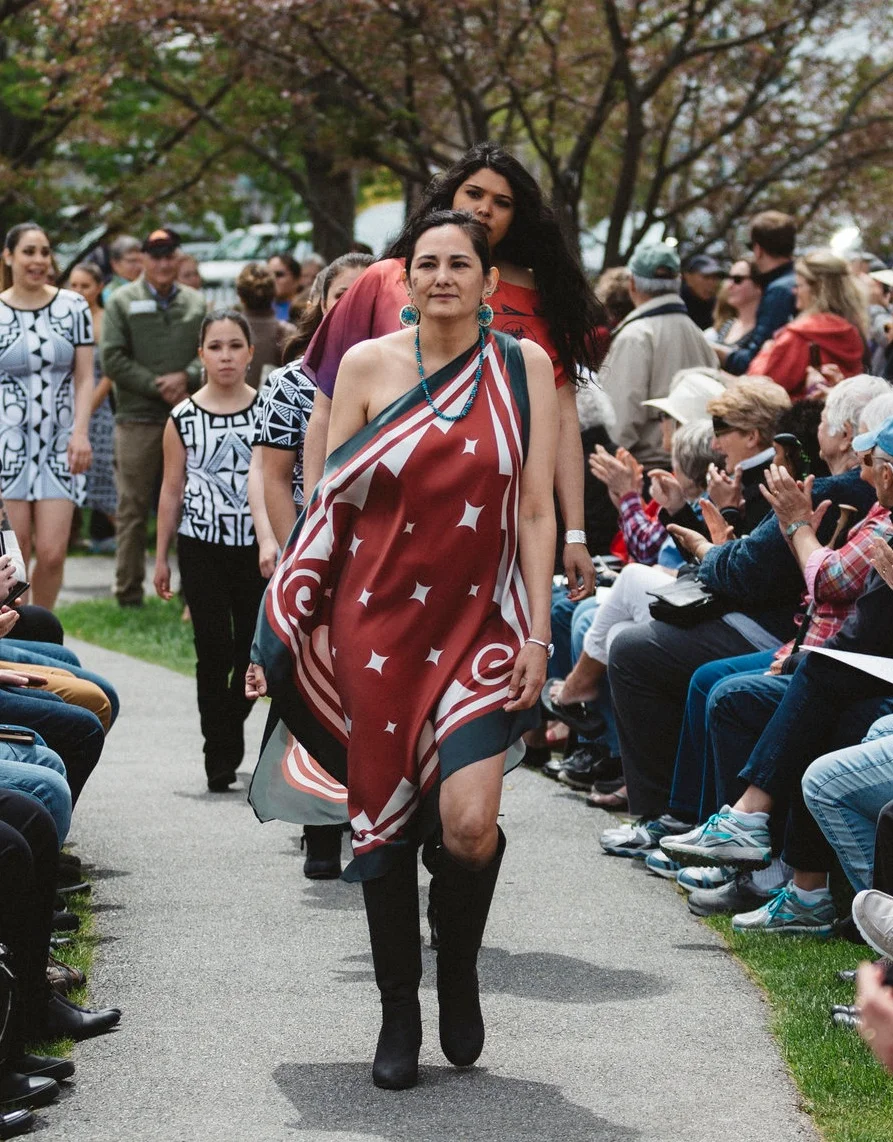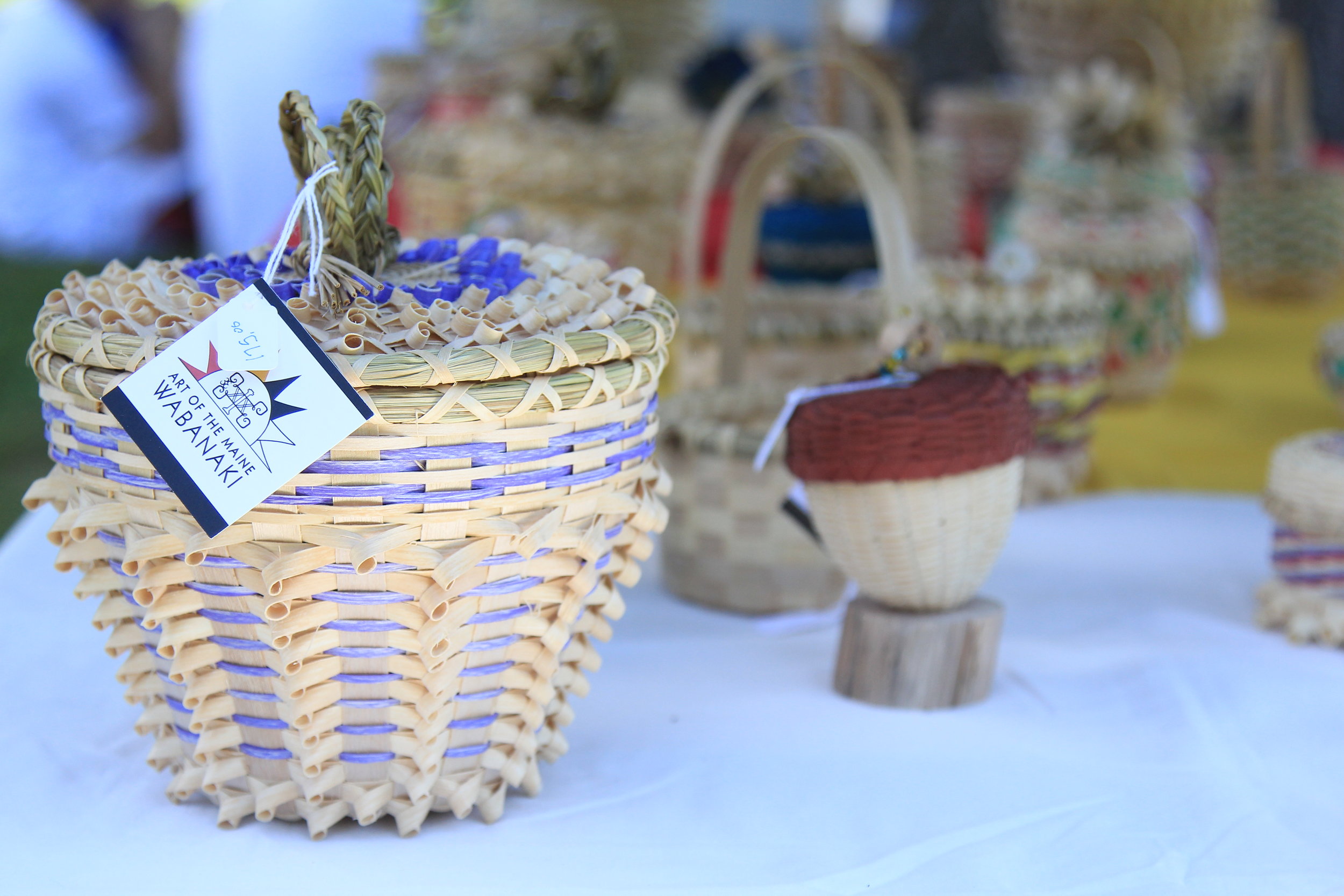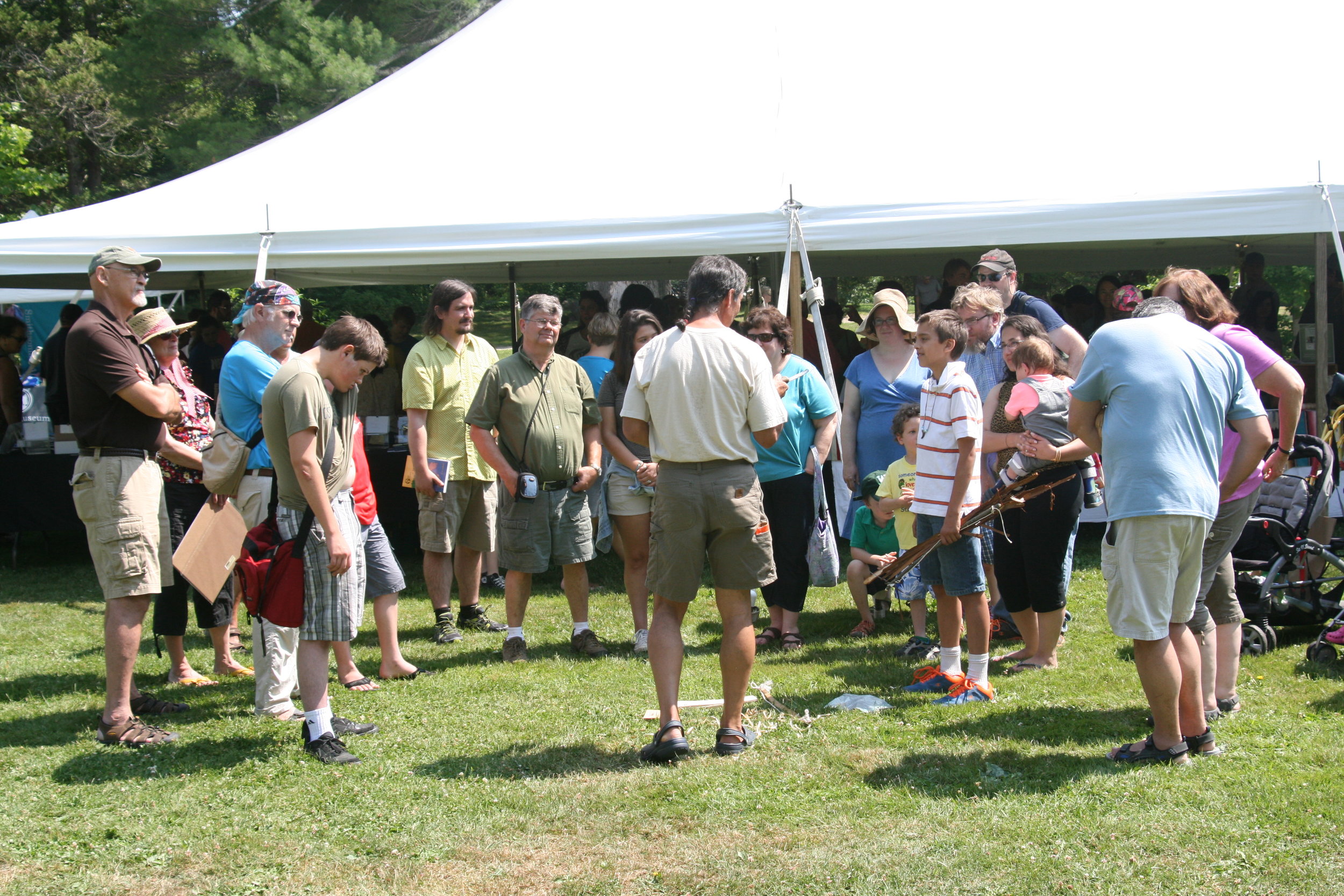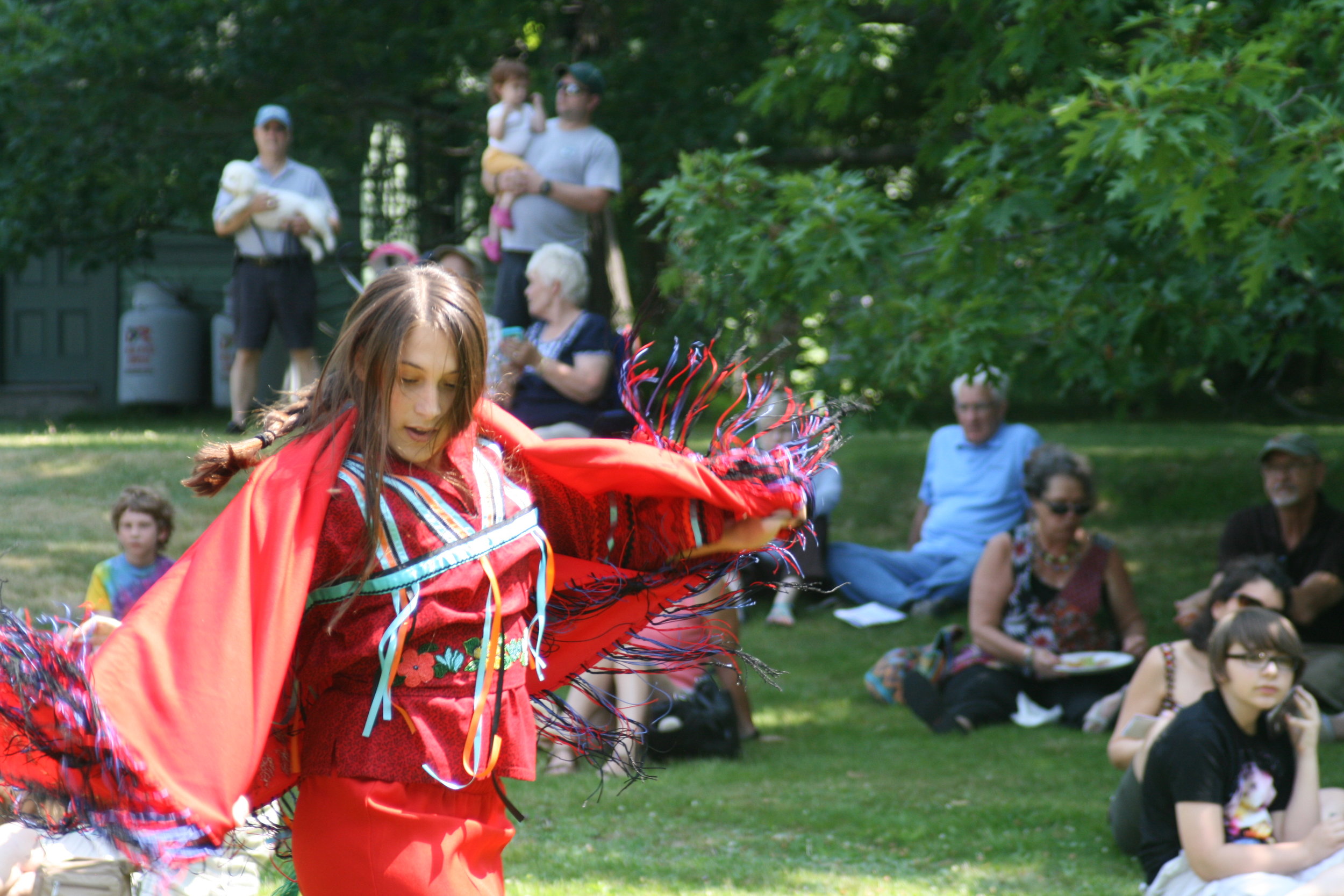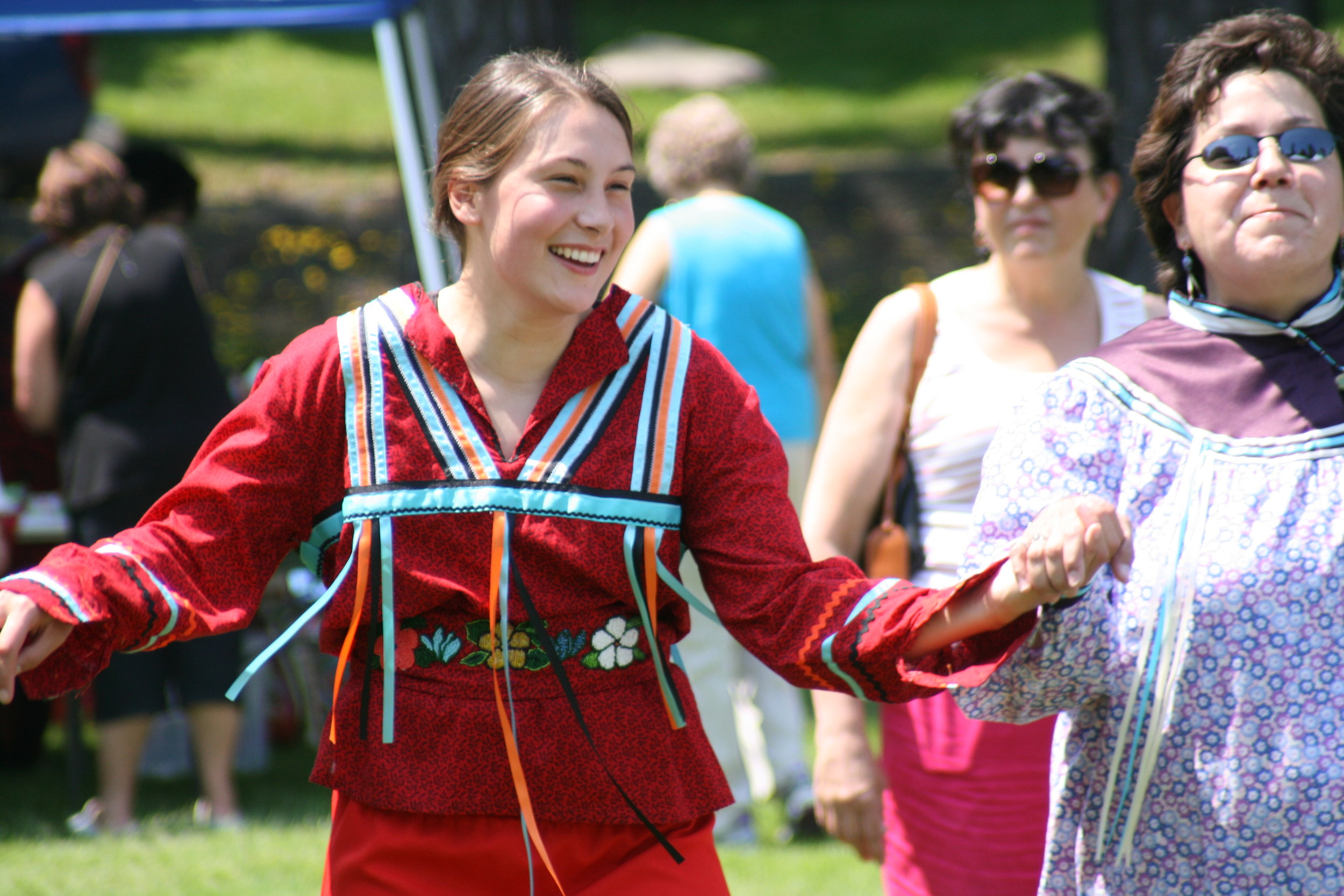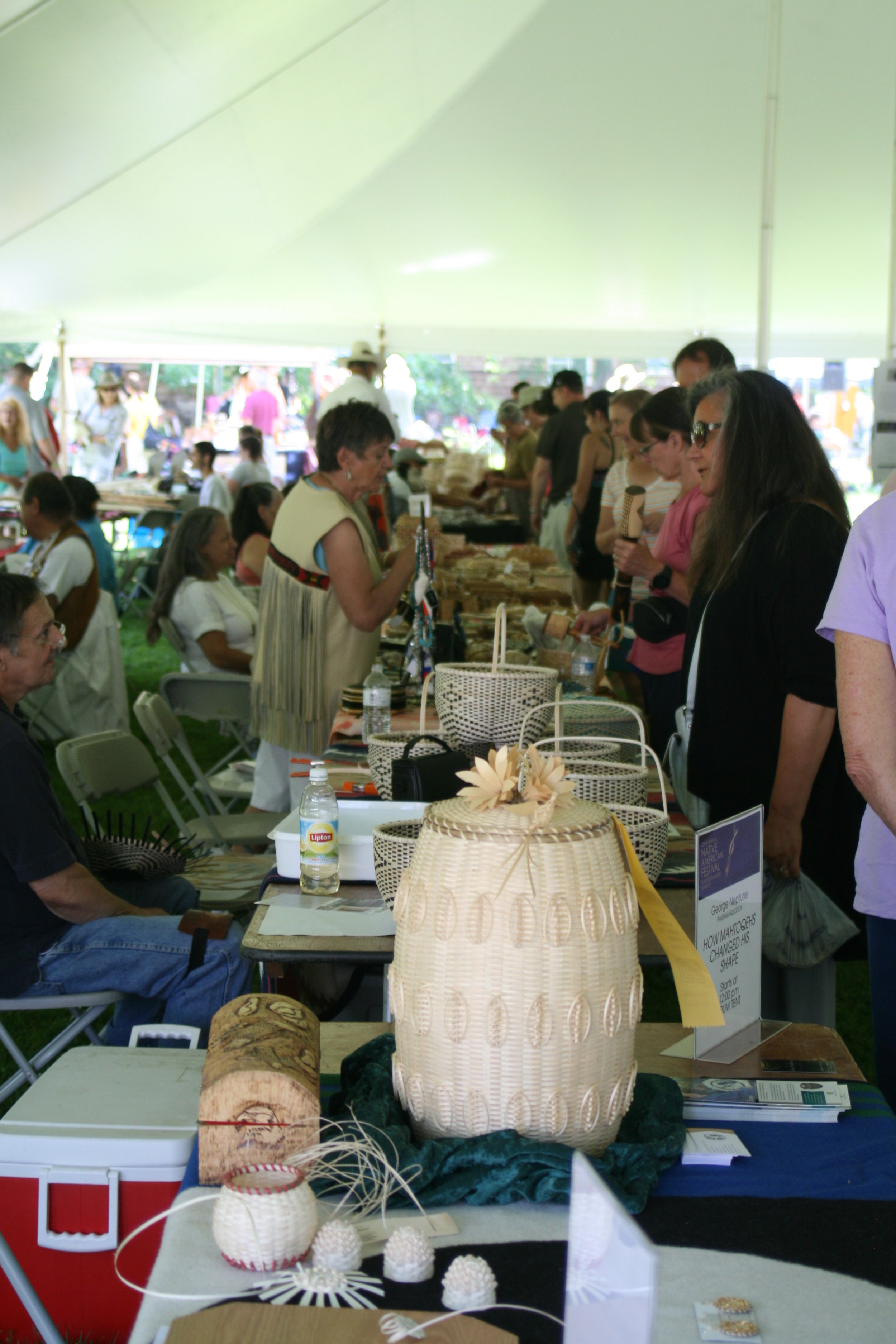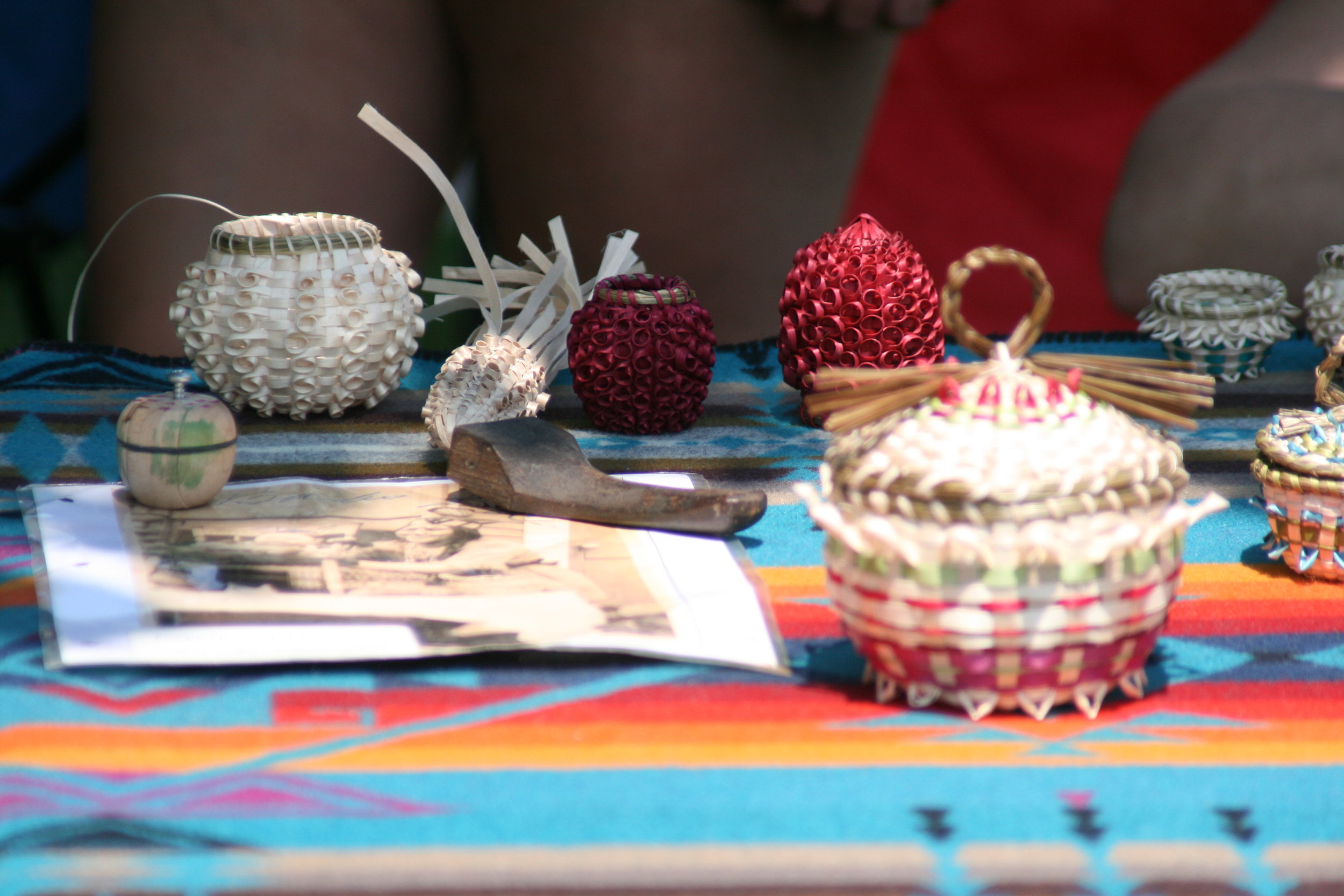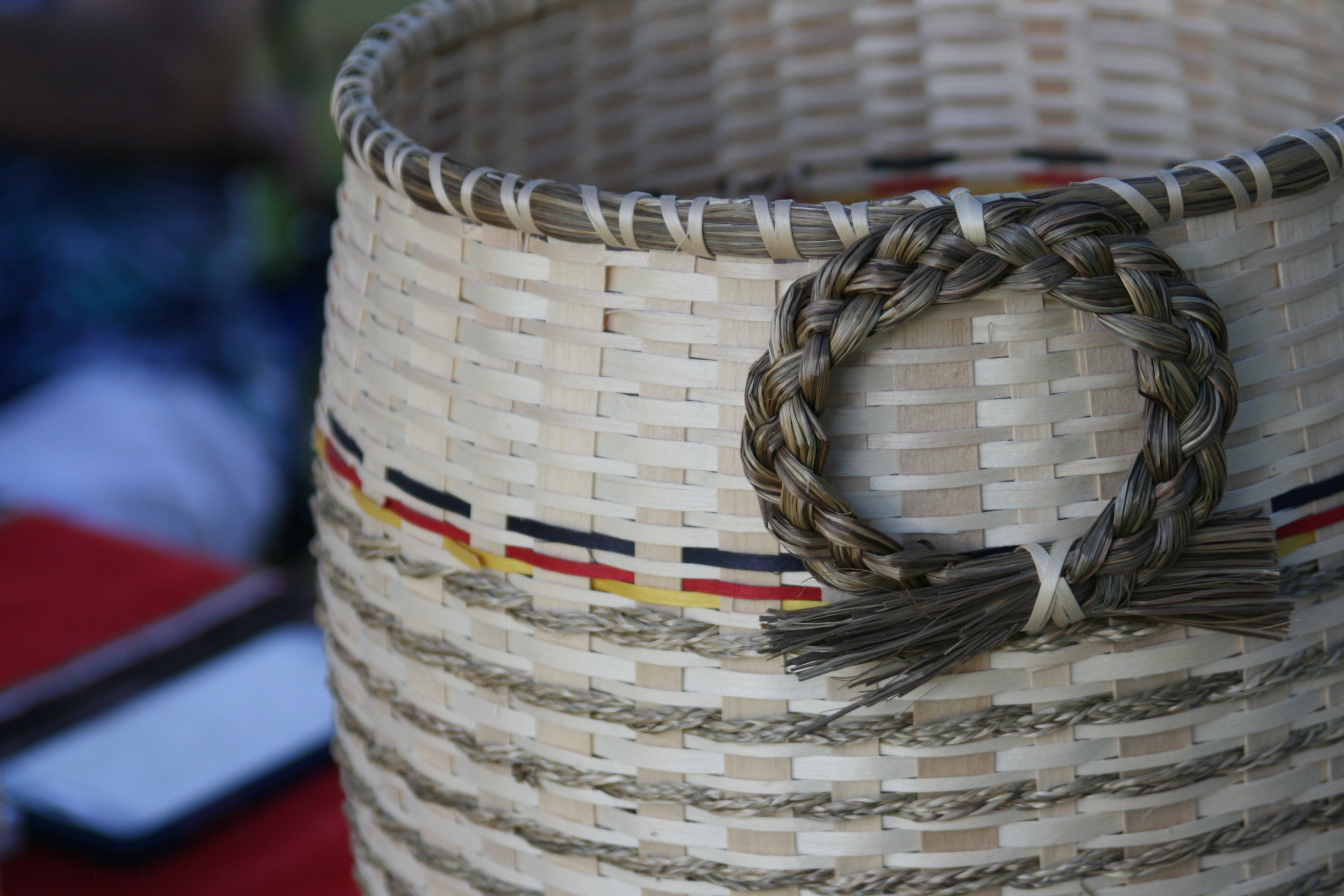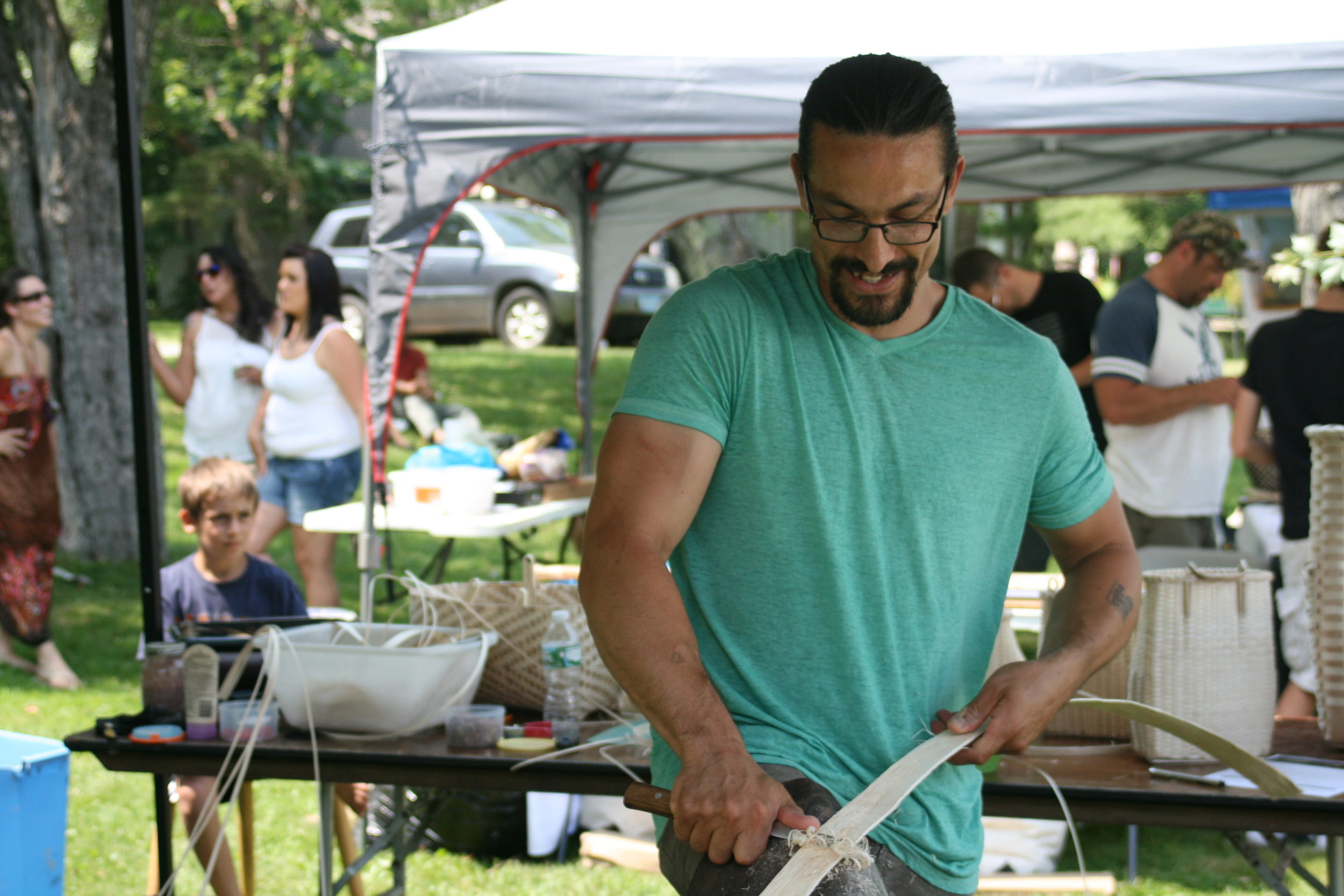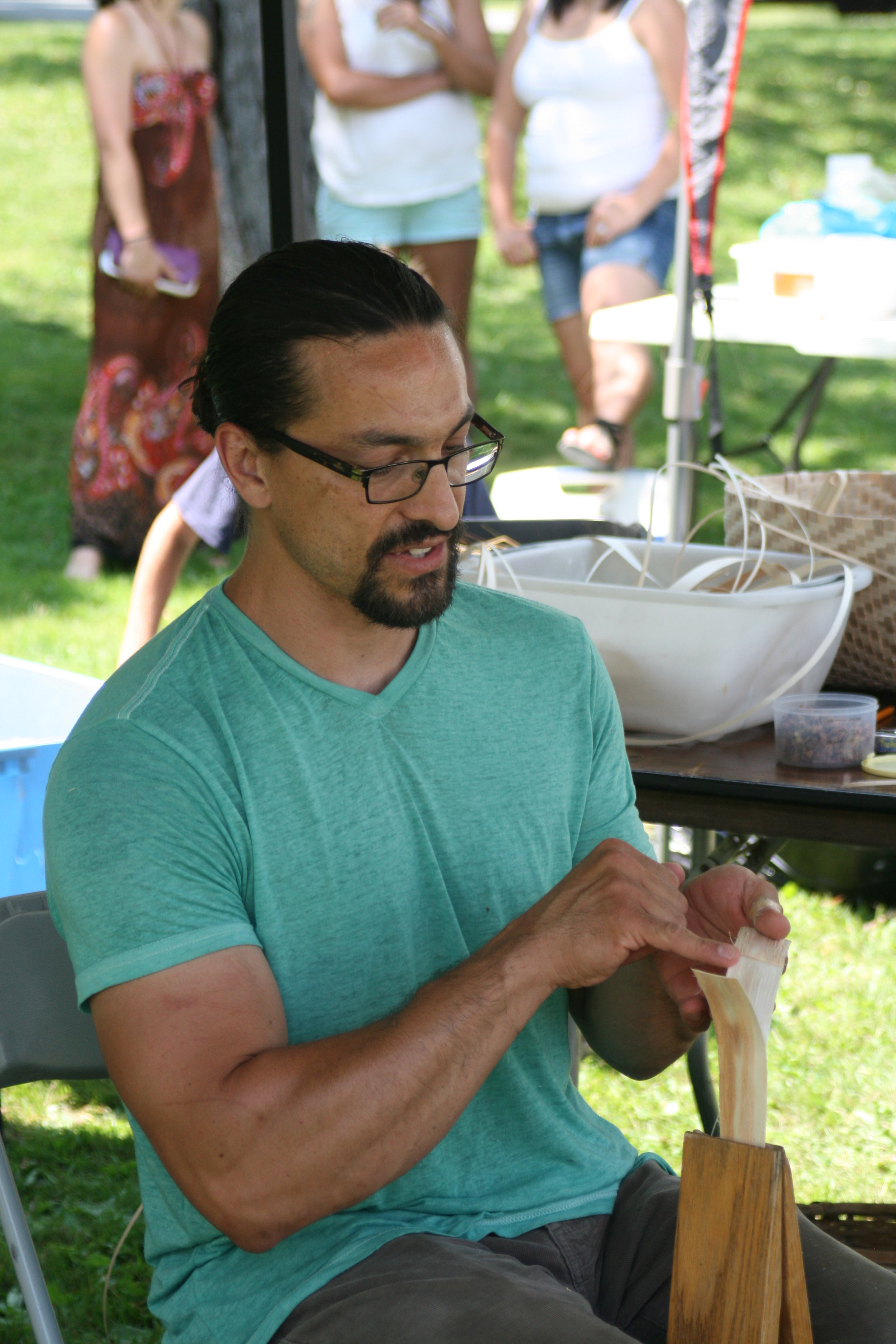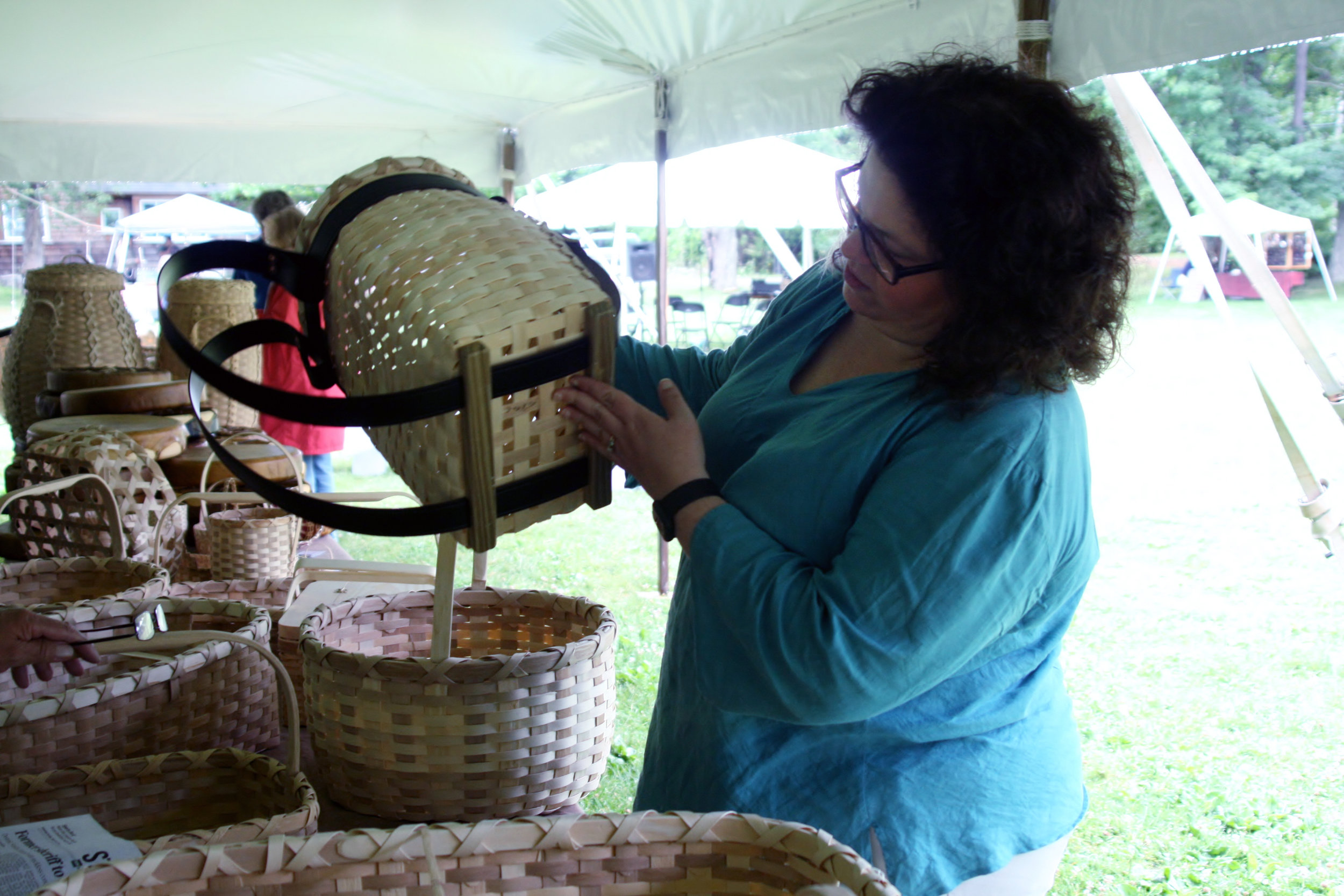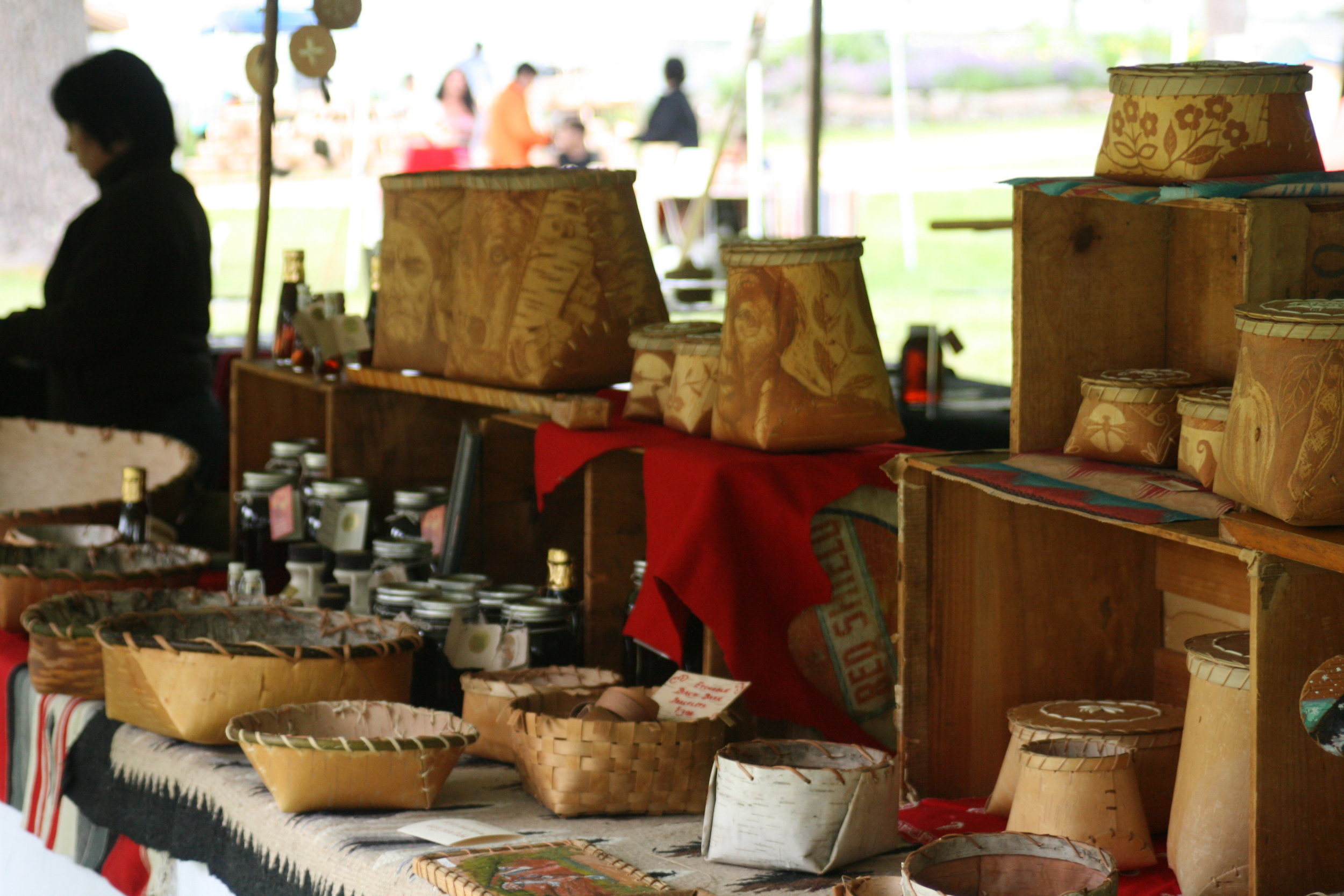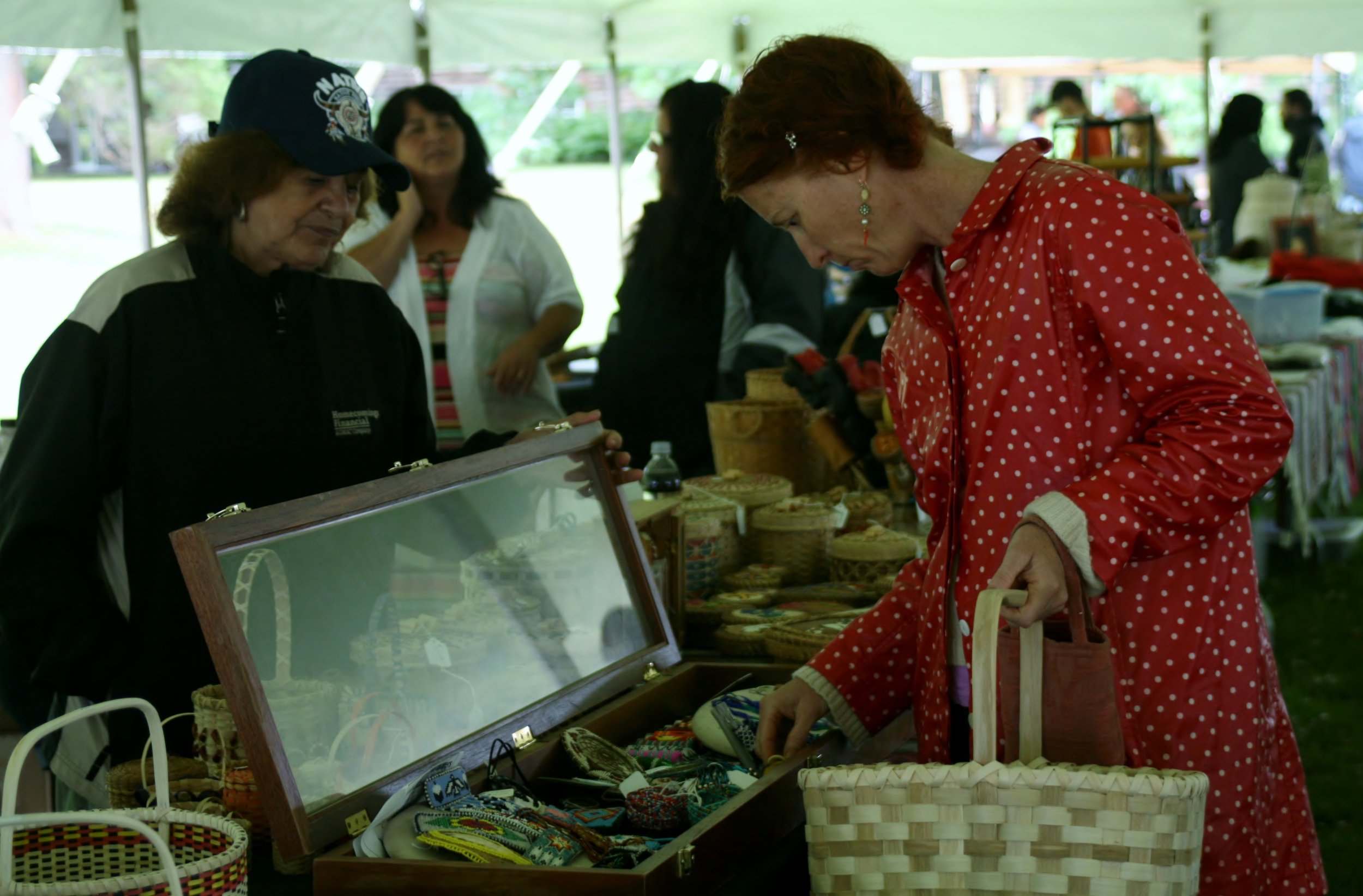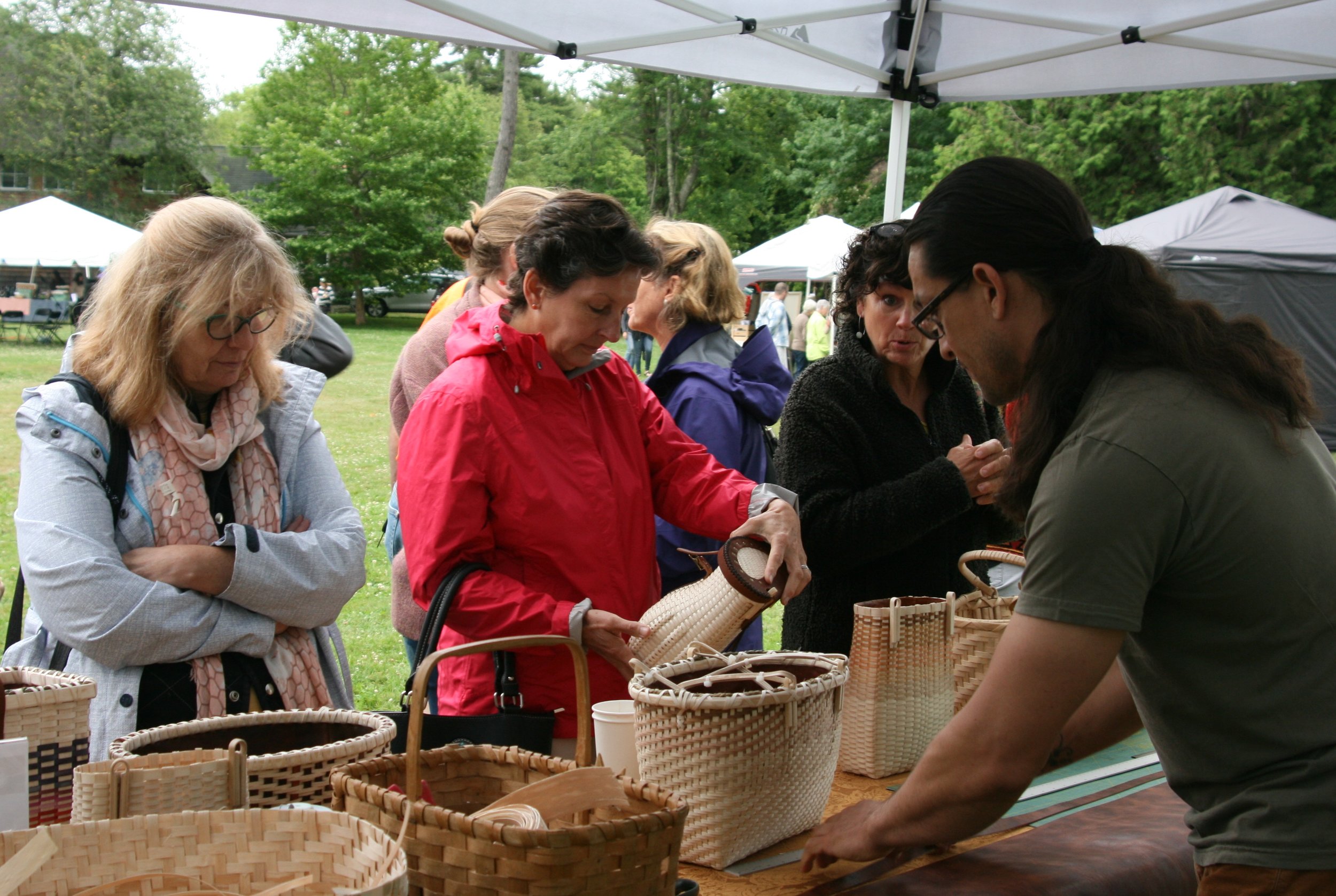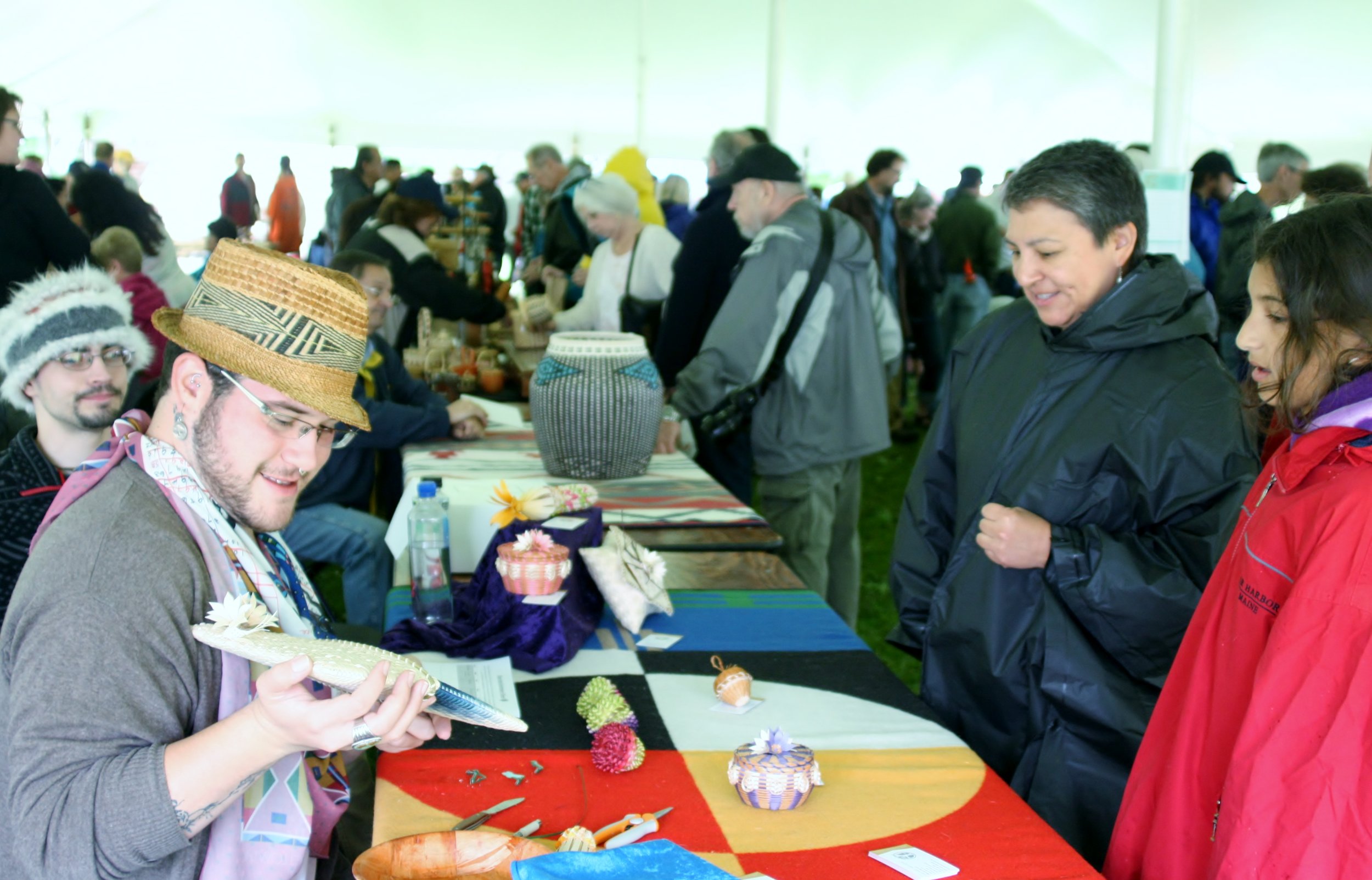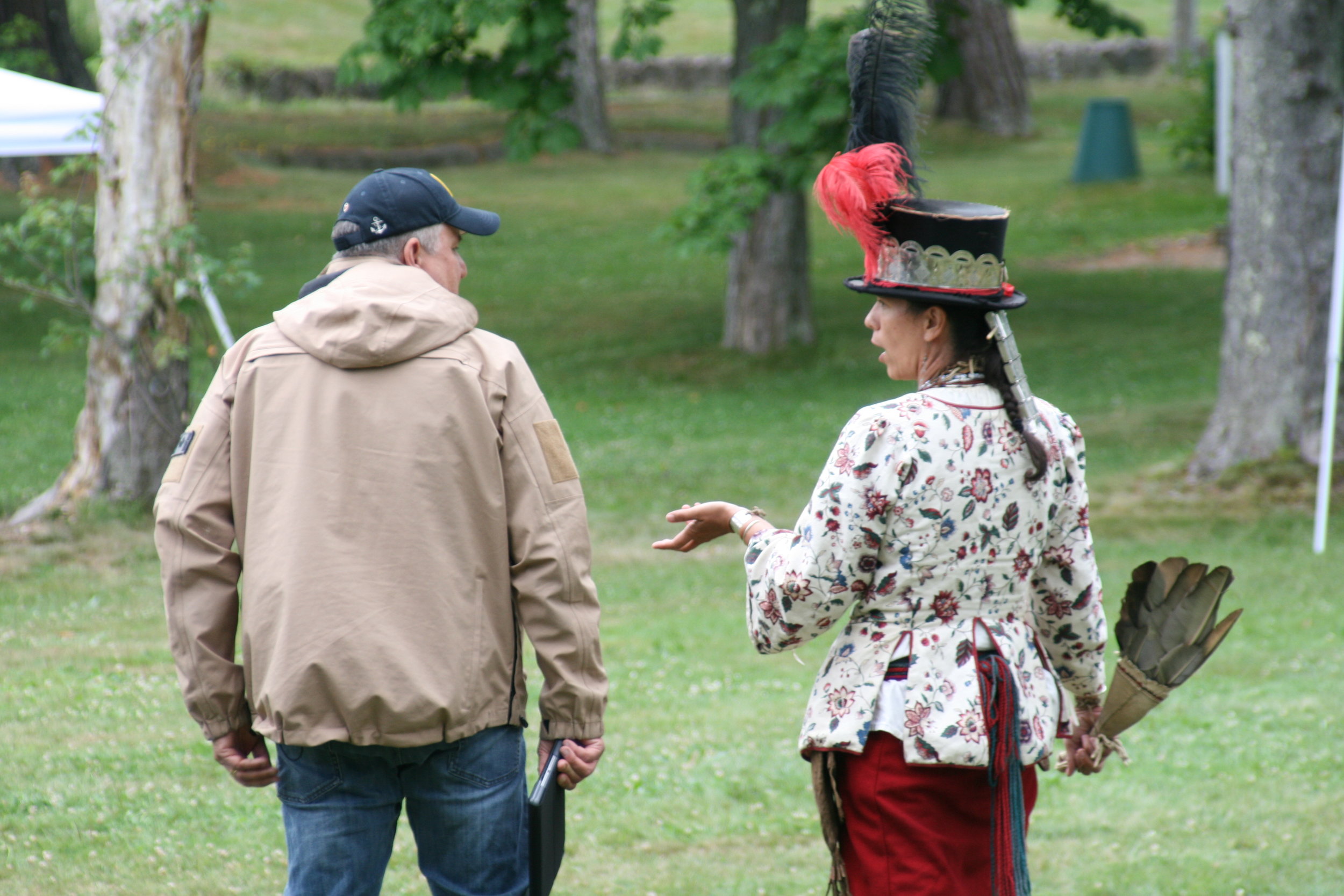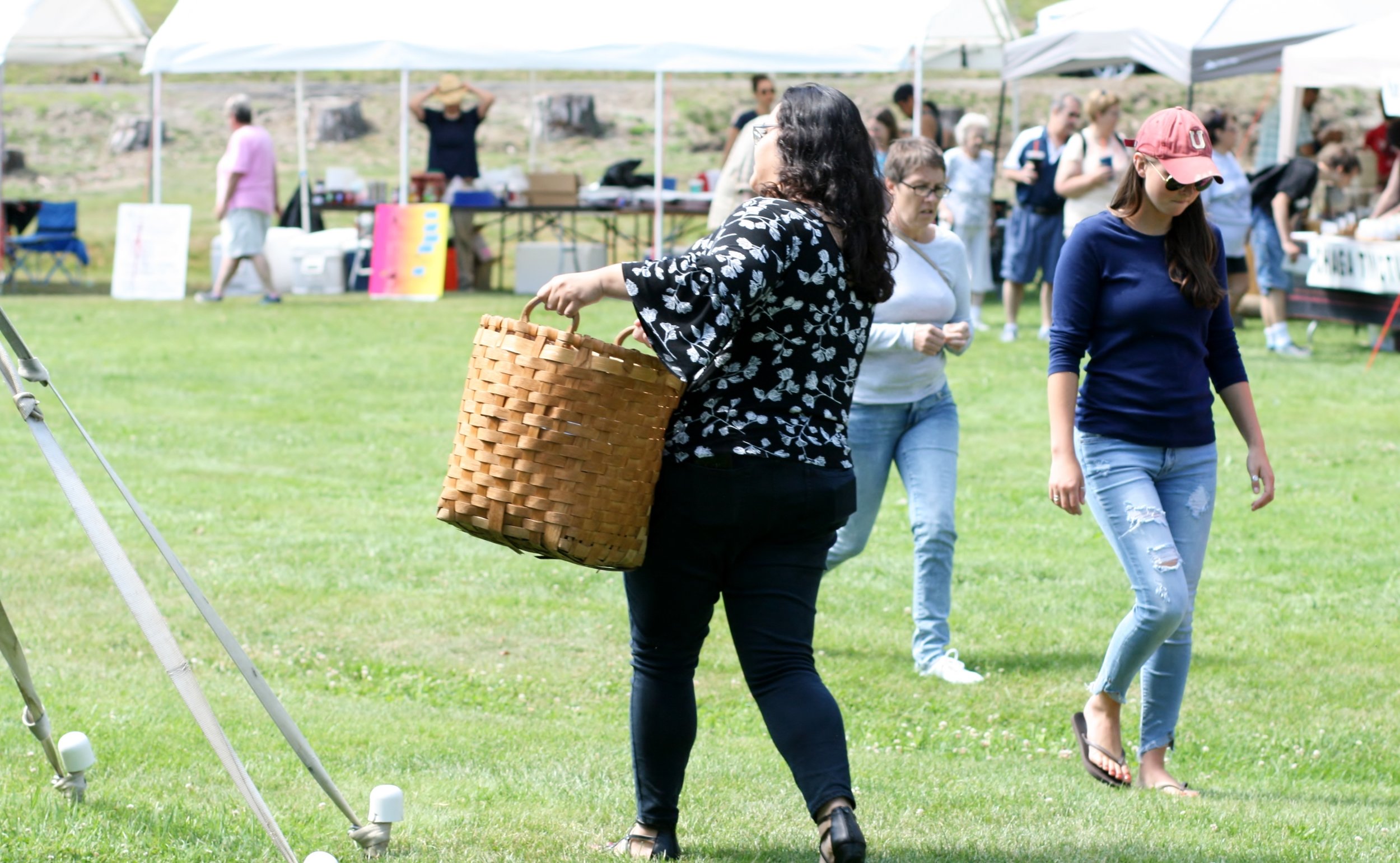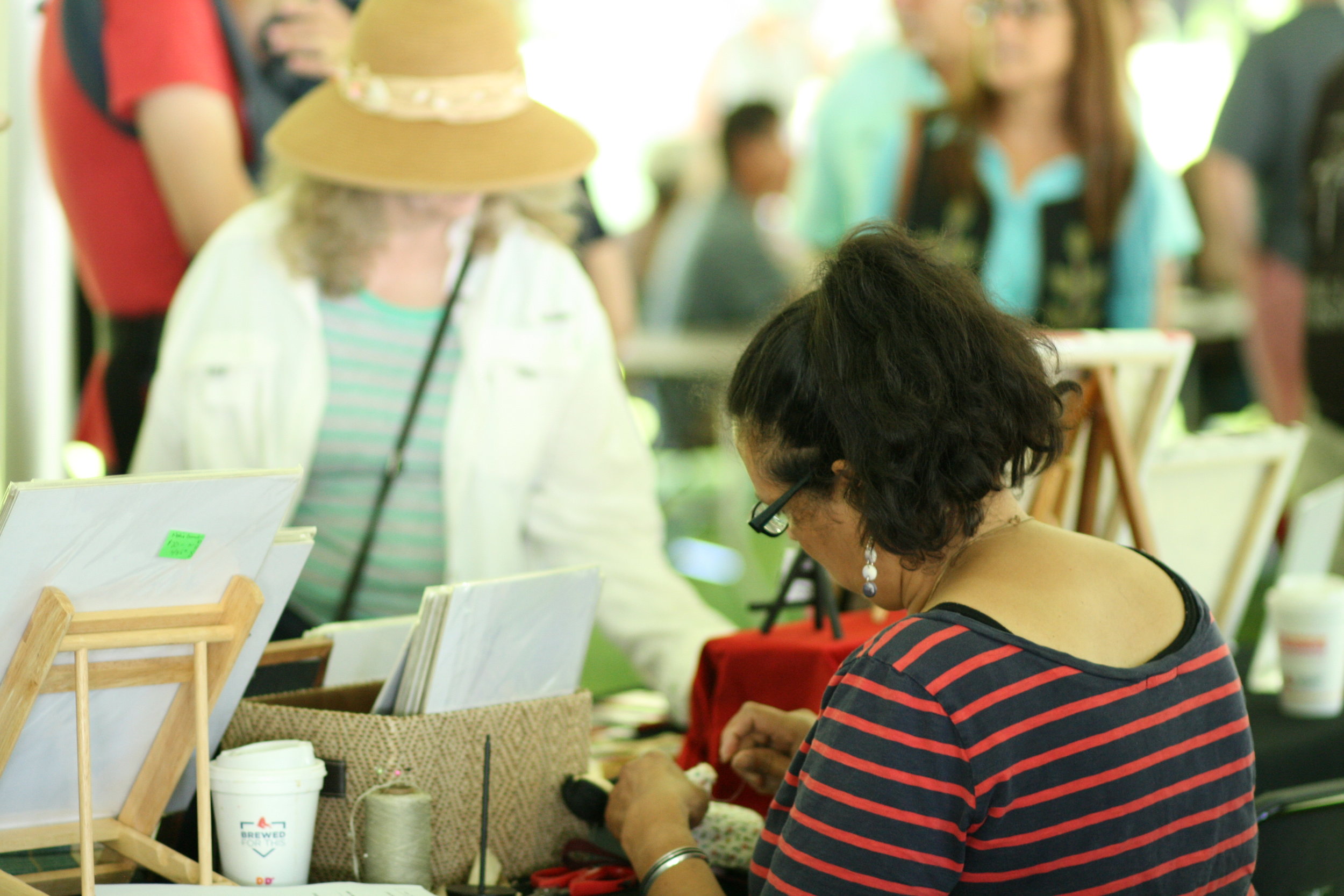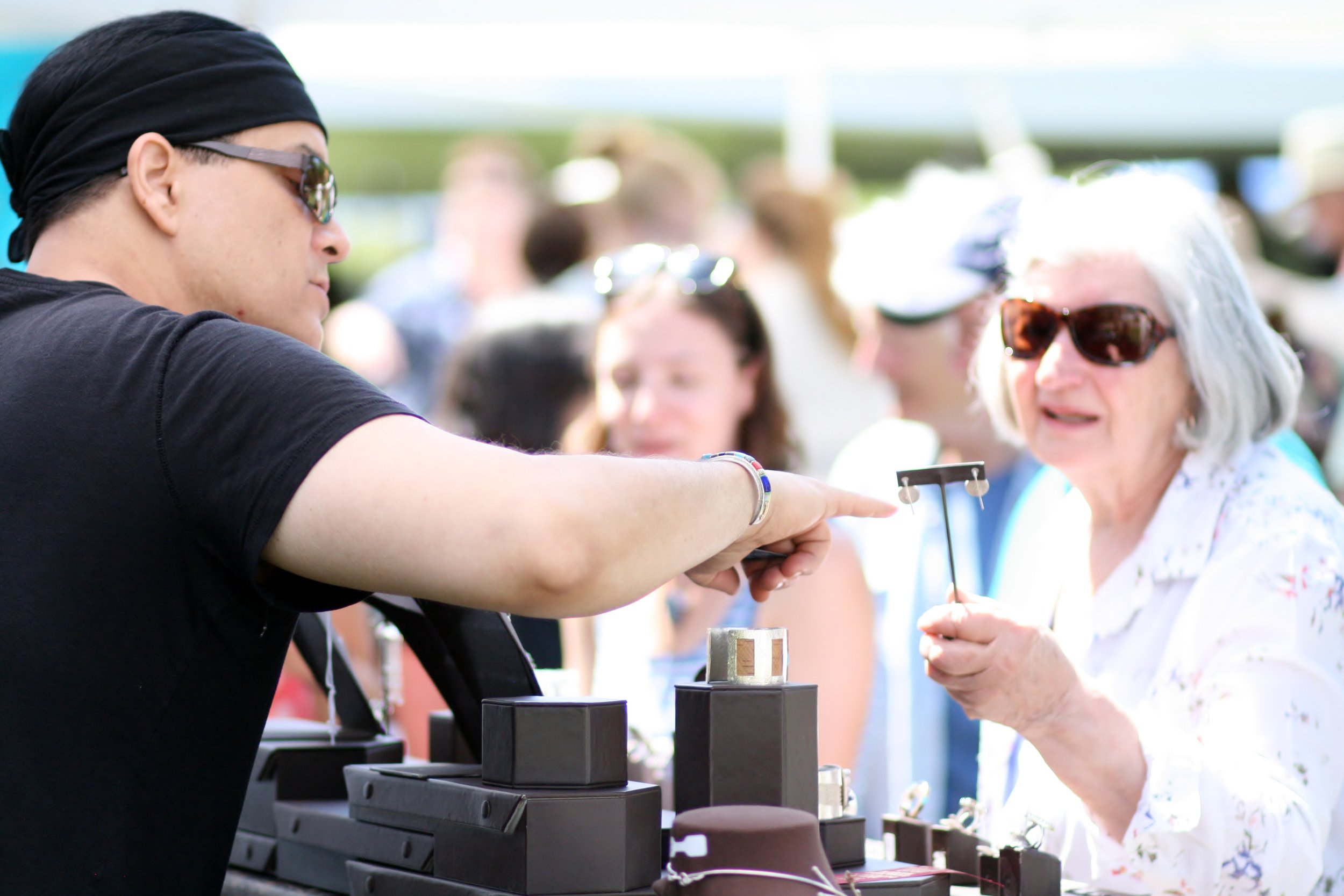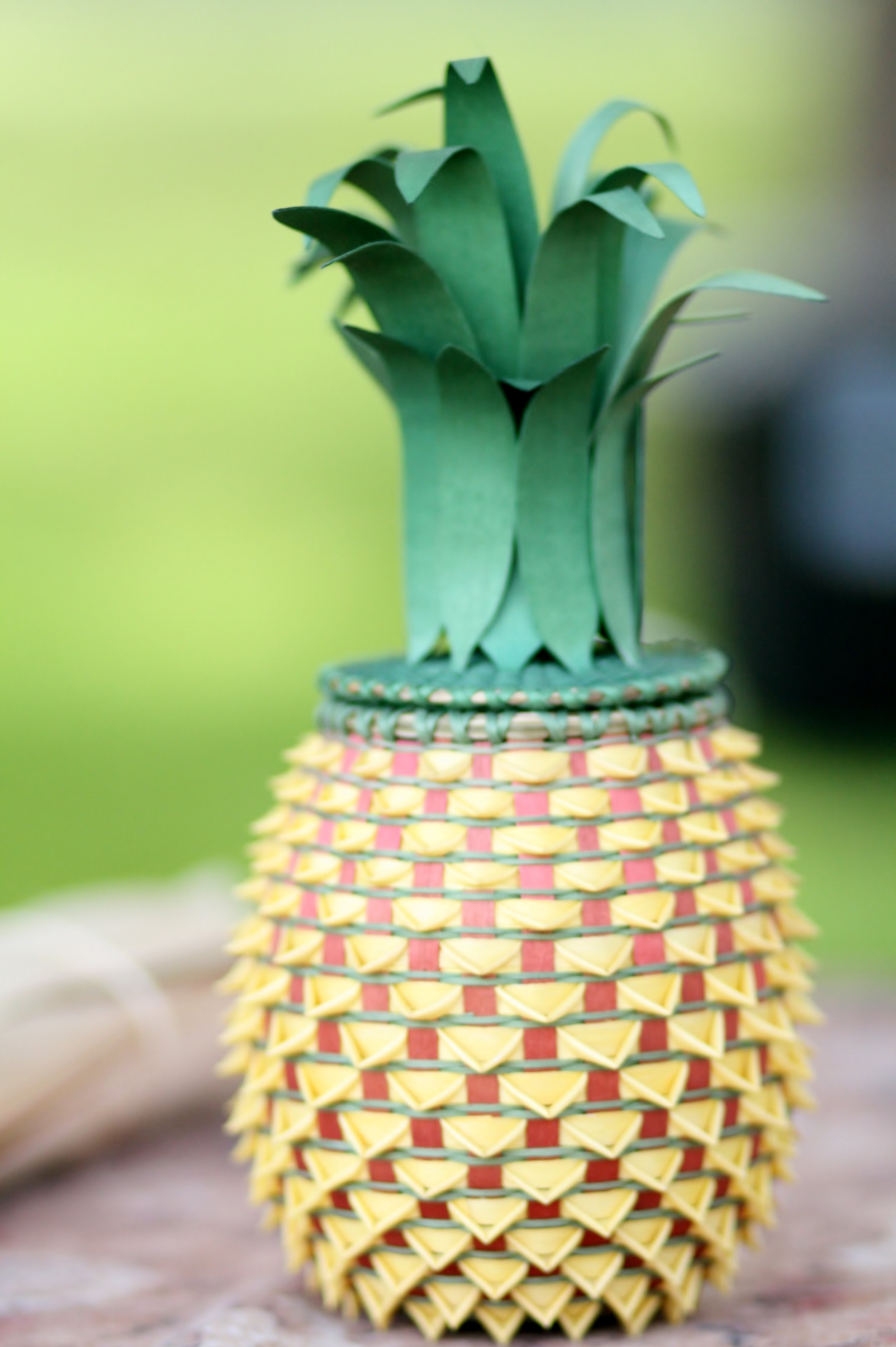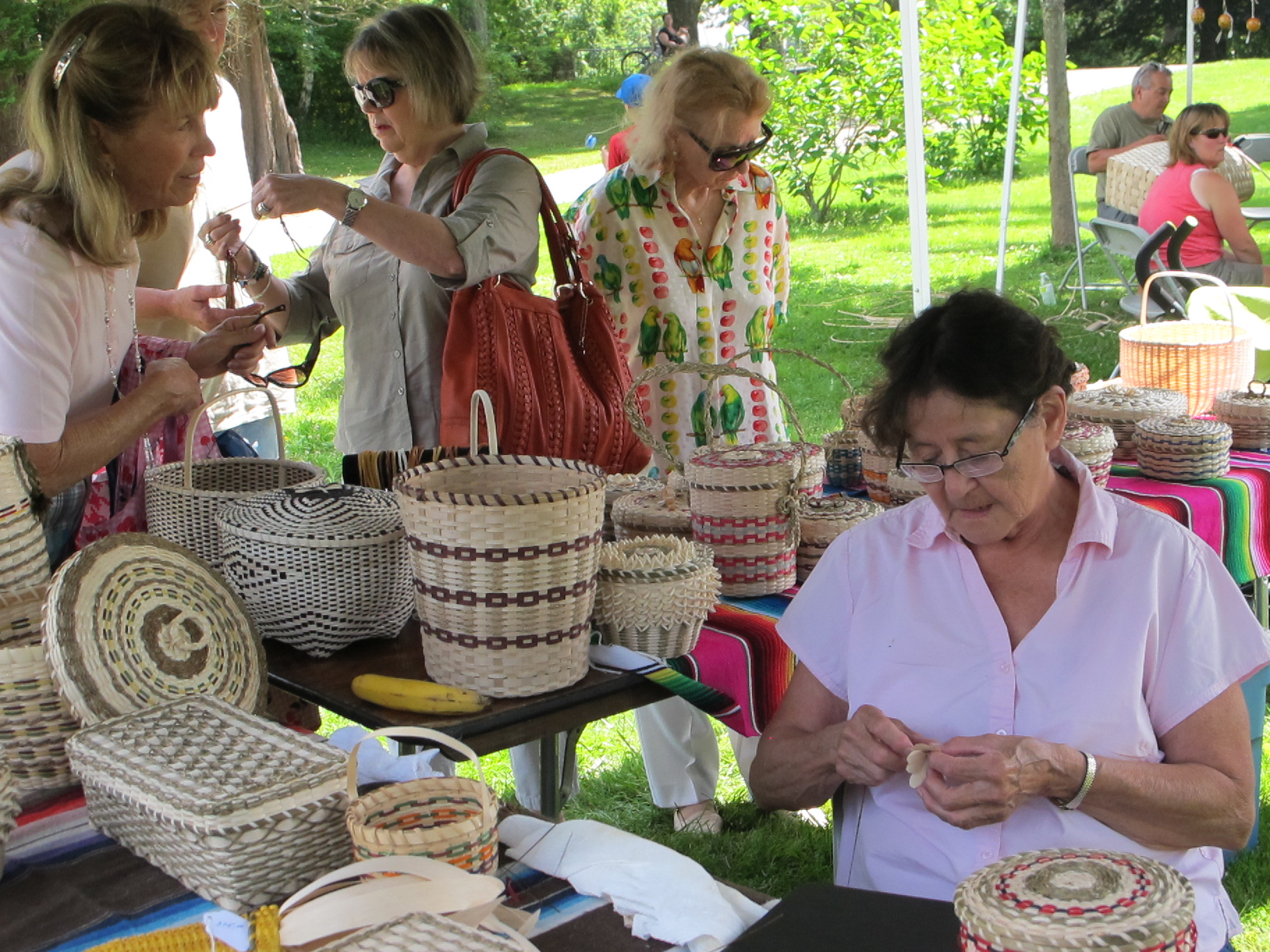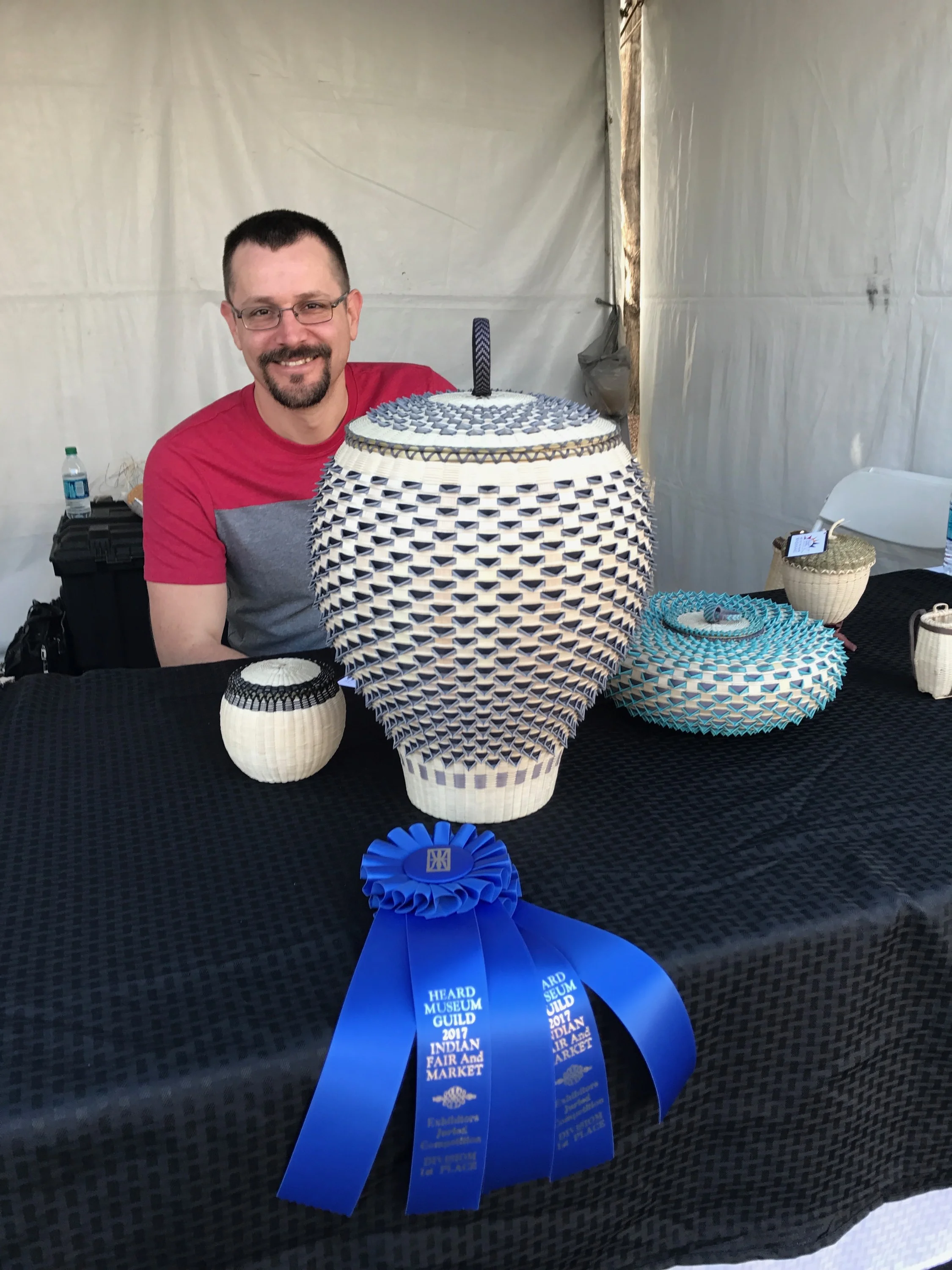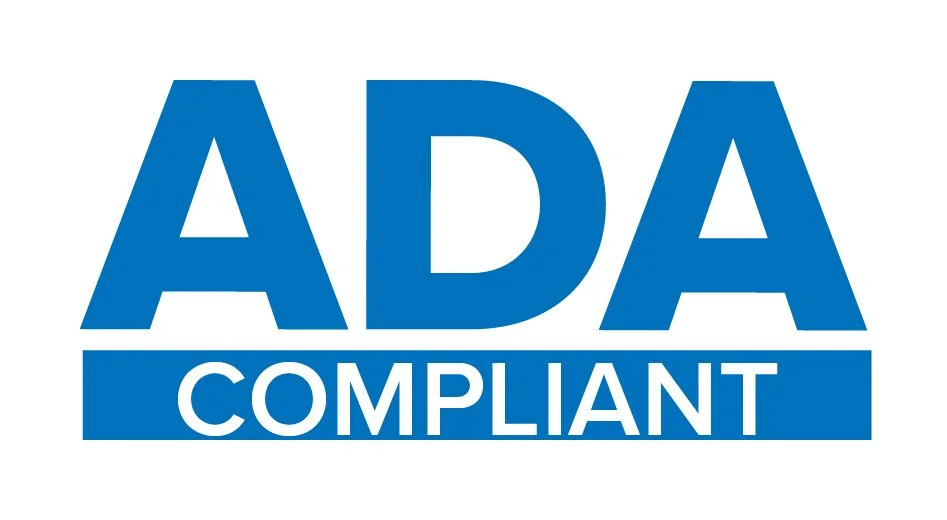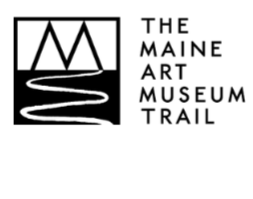Join us at the 2019 Abbe Museum Indian Market!
/This May the Abbe Museum Indian Market (AMIM) is all set to take over Bar Harbor’s Village Green once again for a weekend long celebration of Native art and artists. And we could use your help!
As a volunteer you will experience AMIM in a way the average visitor will not. You'll meet interesting people, be inspired by amazing artists, and learn about different Indigenous cultures from across North America. All while supporting a great cause and giving back to your community!
Volunteer opportunities are listed below. If something catches your eye contact Jill Sawyer at jill@abbemuseum.org or 207-288-3519 to sign-up or learn more.
Thank you in advance for your support, we are excited to work with you!
Half/Full Day Opportunities
Saturday - 10 am to 1:30 pm, 1:30 to 5 pm / Sunday - 10 am to 1 pm, 1 to 4 pm
GREETERS
Stationed at an entrance to the event, greeters will be responsible for orienting visitors and will take turns doing walking the Village Green to make sure everyone is having a great time. It’s a fun and easy way to help out, all while meeting new people and enjoying the beautiful May weather.
ABBE BOOTH
Like greeters, volunteers stationed at the Abbe Booth will be on hand to address visitor needs. This involves answering questions, chatting about other Abbe Museum initiatives, or selling AMIM merchandise. If you get excited about giving directions or have a lot of opinions on where to get the best food in town, this may be a good fit for you!
ARTIST LIAISON
Assigned to a specific section of the event, this role will be responsible for making sure that the artists attending the Market are taken care of. This encompasses anything from handing out snacks, giving them breaks, or just chatting with them about their experience - a little bit of your time will have a big impact!
Specific Time Commitment
SET UP or BREAKDOWN
Saturday, May 18 from 7 to 9 am / Sunday, May 19 from 4 to 6 pm
Volunteers assisting with Set Up and Breakdown will be on hand to transform the Village Green into the Abbe Museum Indian Market...and back again. Kind of like a fairy godmother, but with tools instead of a magic wand! Set up will be taking place on Saturday morning, with breakdown occurring on Sunday evening.
FASHION DESIGNER ASSISTANTS
Saturday, May 18 from 1 to 8 pm
See some amazing Native designed clothing up close and get to meet the artists behind the looks, by volunteering as a designer’s assistant at this year’s Abbe Museum Indian Market Fashion Show. In this role you will be assigned to help one designer in the hours leading up to the show, this could involve anything from fitting models to steaming garments and beyond. Assistants will need to be on hand from 1 pm on Saturday to the close of the show.
FASHION SHOW MODELS
Saturday, May 18 from 1 to 8 pm
We’re looking for volunteer models to walk the runway in the Abbe Museum Indian Market Fashion Show on Saturday, May 18. Here’s your chance to strut your stuff in some fabulous Native designed clothing representing everything from couture looks to street wear. Models will need to be available on Saturday at 1 pm, with the show being from 6 - 7.


